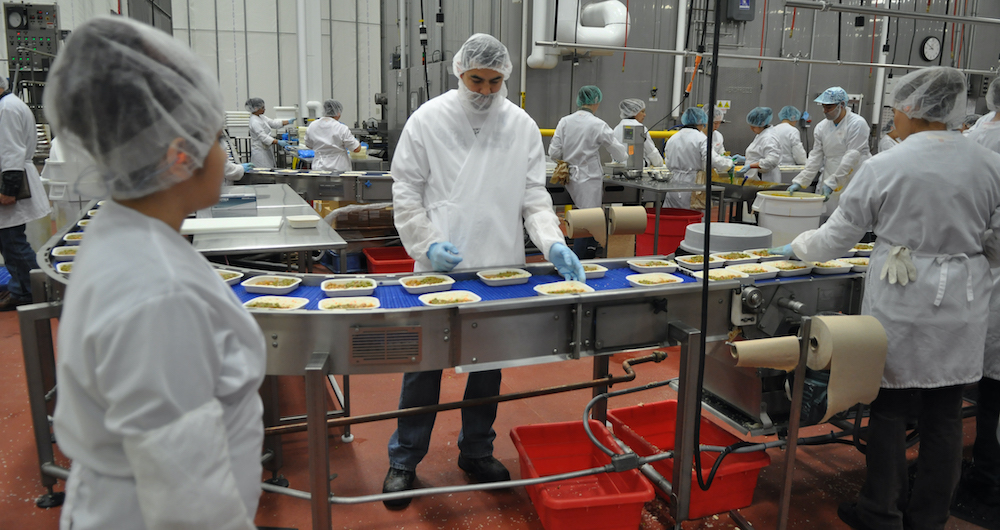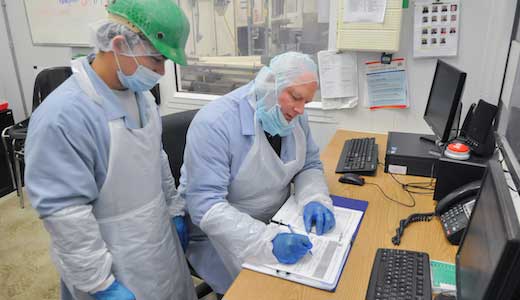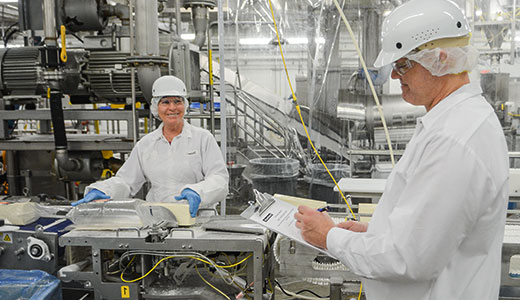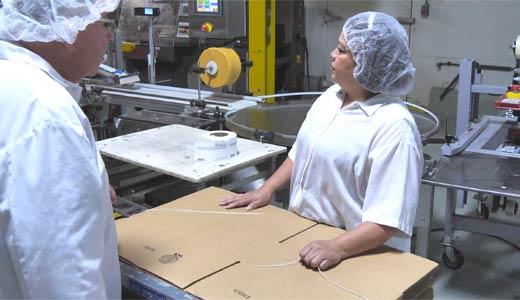Posted by Zosi Team

Intentional adulteration is only carried out after careful study and preparation by an attacker – is your food defense program equally prepared to address such acts?
Motivation, capability, and vulnerability come together to compose food defense threats. Motivation often determines the adulterant and tactics that a perpetrator chooses to use. In addition to the threat itself, you must understand these potential drives for adulteration to help you address vulnerabilities in your process and keep the food system secure.
The three most prominent food defense threat motivations include:
- Terrorism
- Sabotage
- Economically Motivated Adulteration or EMA
Terrorism
Terrorism against the food system occurs to cause fear, public health harm, or social and economic disruption. A terrorist may add toxic chemicals or a microbial pathogen directly to food set for public distribution.
Sabotage
Disgruntled employees, consumers, or competitors may or may not intend to cause public health harm but may seek to harm a company’s reputation through recalls when they carry out intentional adulteration. Each of these instances is an example of sabotage.
Dissatisfied employees represent intelligent adversaries with special access to and knowledge of your food production process and food defense program. This familiarity with your facility, procedures, security, and preventive control measures makes them of heightened concern. Consumers and extreme activists often carry out or threaten attacks on the food system to highlight a cause, such as using products thought to cause environmental harm.
Economically Motivated Adulteration
You may have heard EMA referred to as food fraud. This example of motivation involves the intention to make money fraudulently, evade regulation, or gain an unfair economic advantage.
There are multiple EMA methods, such as substituting expensive ingredients with cheaper ones to increase profit, adding unapproved ingredients to increase taste or volume, or mislabeling ingredients to avoid tariffs.
Conclusion
Individuals who commit intentional adulteration are creative, adaptable, and resourceful. Consider the three types of motivation and how to prevent and address them when creating your food defense program. To learn more about food defense threats, roles, and what happens after intentional adulteration occurs in a facility, consider Zosi’s Food Defense Supervisor online course.
For a more comprehensive look at food defense training by Zosi, click here.
Subscribe to Insider Insights
 Never Miss an Update. Sign Up for Zosi’s e-Newsletter.
Never Miss an Update. Sign Up for Zosi’s e-Newsletter.



 Food Defense Manager
Food Defense Manager
 Food Defense Supervisor Awareness
Food Defense Supervisor Awareness
 Food Defense in 15
Food Defense in 15
